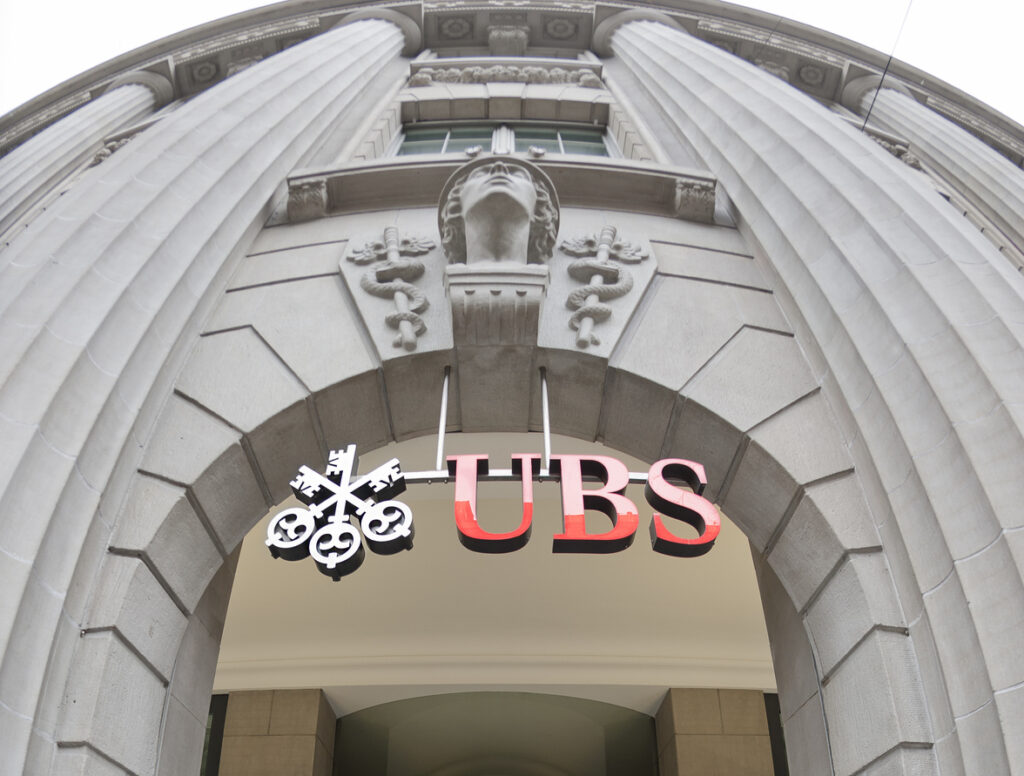(Investing) – Brent crude prices are expected to drop to the low-to-mid-$60 per barrel range in the near term as traders eye an expected uptick in OPEC+ production and a seasonal slowdown in fuel demand, according to analysts at UBS.

In a note to clients, the brokerage predicted that oil markets will see a “larger surplus” after the key summer travel period, adding that prices are anticipated to move lower from current levels.
Crude prices were little moved Wednesday, as traders digested progress towards an Israel-Hamas ceasefire and a build in U.S. inventories ahead of an upcoming meeting of the Organization of the Petroleum Exporting Countries and its allies, a producer group known commonly as OPEC+.
At 03:32 ET, futures inched up 0.1% to $67.16 a barrel and U.S. West Texas Intermediate crude futures were unchanged at $65.45 a barrel.
U.S. President Donald Trump on Tuesday evening said Israel had agreed to the conditions needed to finalize a 60-day ceasefire with Hamas, while also urging the Palestinian group to accept the deal.
Meanwhile, data from the American Petroleum Institute showed that U.S. oil inventories grew 0.68 million barrels in the week to June 27, a build that followed five weeks of deep, outsized draws in U.S. oil stockpiles, and raised some questions over demand during the summer.
For the nascent third quarter, the UBS analysts marginally raised their Brent price target by $3 to $65 a barrel, reflecting a “slightly higher risk premium in the very near term.” A risk premium refers to the extra return investors want for holding oil investments.
However, with recent ructions in oil markets cooling following a ceasefire between Israel and Iran last month, the UBS strategists said that they expect traders’ focus will “shift back to funamentals.”
“While oil demand has remained more resilient than feared and U.S. onshore activity response to lower prices has been quick, we still see the oil market moving into larger surpluses over the next three quarters,” the analysts said.
They noted that this outlook was primarily linked to potential “OPEC+ production increases,” predicting that all eight of its members will lift output in August. The jump in production is likely to have a greater impact on prices after the summer “as oil demand comes off seasonally, especially in the Middle East,” they said.
Other factors that could impact oil prices include uncertainty around the OPEC+ production plans, the trajectory of sweeping U.S. tariffs, and the risk of a flare up in Israel-Iran tensions denting supply flows, the analysts said.
Against this backdrop, they marginally raised their annual Brent price forecast by $1 to $67 per barrel.

